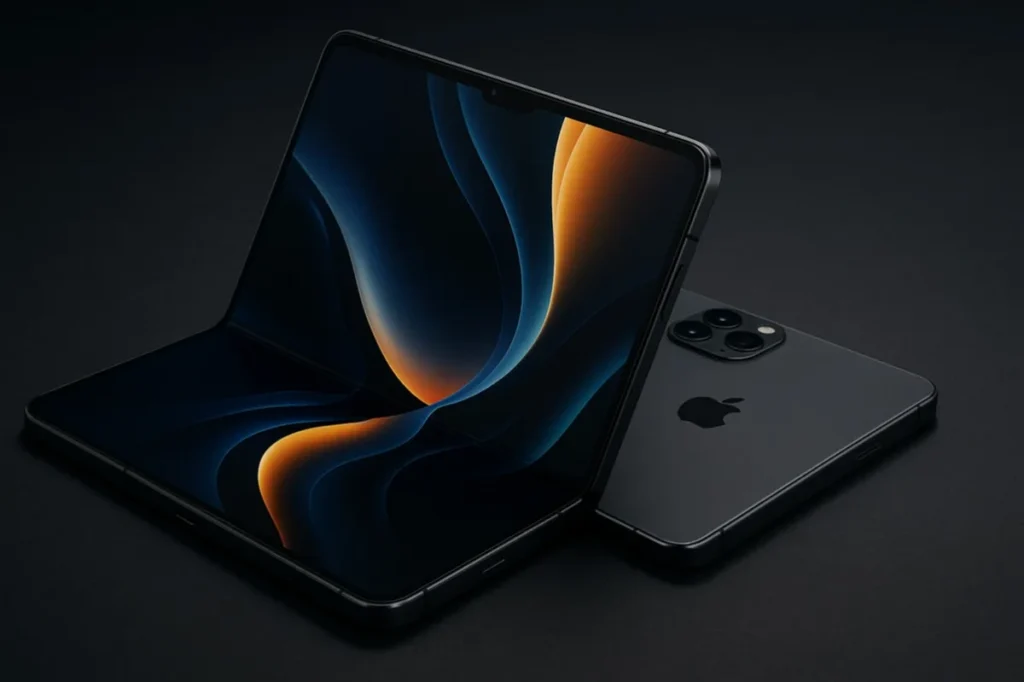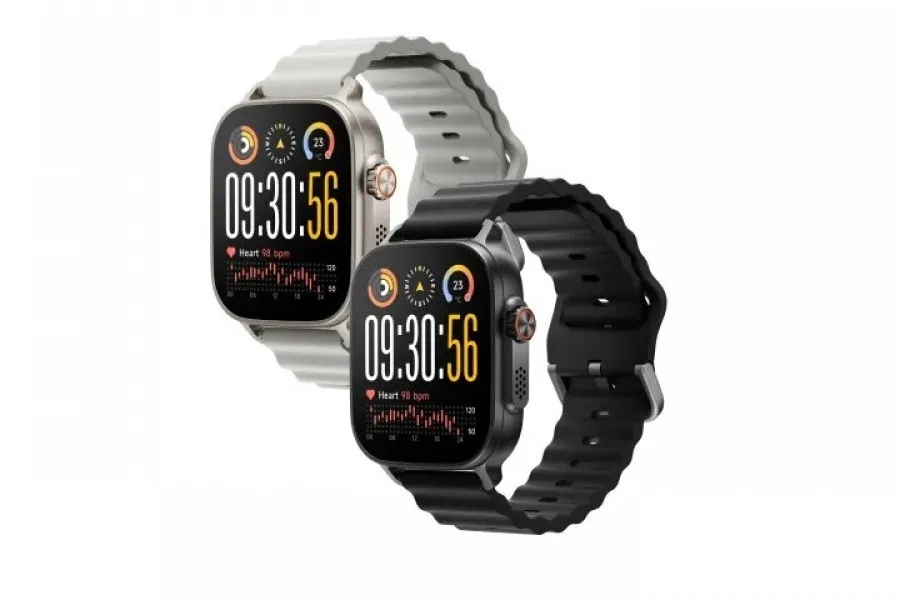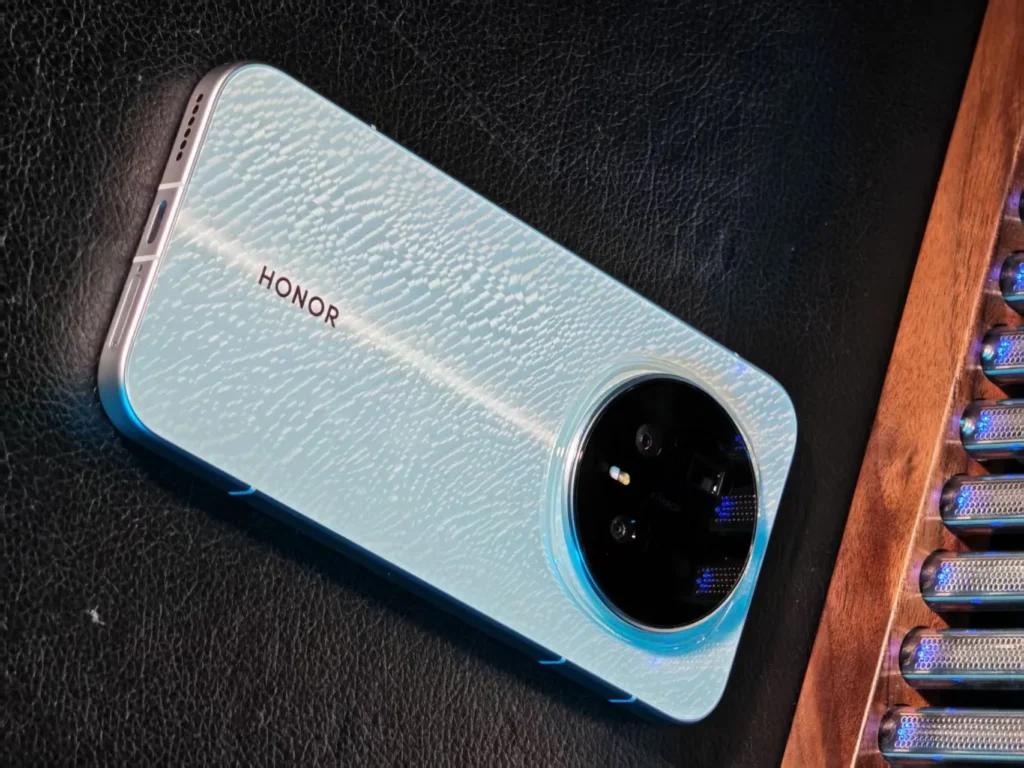iPhone Fold: Apple Reduces the Cost of Its Hinge Before Launching in 2026
Apple is making strides in entering the foldable smartphone market. Slated for release in 2026, the iPhone Fold is already stirring conversations—not just about its design, but about its hinge, a critical component whose production cost has reportedly dropped significantly.
iPhone Fold: A Cheaper Hinge, A More Profitable Fold
According to noted analyst Ming-Chi Kuo, the hinge for the upcoming iPhone Fold is expected to cost between $70 and $80, down from an initial estimation of $100 to $120. This dramatic reduction is attributed to the optimization of the assembly process conducted by Foxconn, Apple’s longstanding partner.
Approximately 65% of the production will be managed by Foxconn in conjunction with Shin Zu Shing, while Amphenol will handle the remaining portion. Starting in 2027, Luxshare-ICT may join the supply chain, further driving down costs.
Kuo describes the hinge as a “new battleground for assemblers”, highlighting the intensifying competition in this strategic segment.
A Crucial Element for Durability and Feel
In a foldable smartphone, the hinge is much more than a simple mechanism: it dictates the feel upon opening, wear resistance, and even perceived quality. By reducing its cost without compromising reliability, Apple could enhance its profit margin while maintaining its premium positioning.
Instead of lowering the retail price—a rather unlikely scenario—the Cupertino company may reinvest these savings in:
- A flexible display with no visible crease,
- Improved water resistance,
- Or advanced camera modules.
A Continued Premium Positioning
As for pricing, nothing is official yet, but market trends suggest a clear direction: with the Samsung Galaxy Z Fold 7 priced at around €2,100, it’s highly likely that the iPhone Fold will exceed the $2,000 mark.
Thus, Apple remains steadfast in its strategy: “Innovate where it counts, optimize the rest, and turn every detail into a competitive advantage.”
As the foldable smartphone market becomes more mainstream, Apple’s clear bet is to not be the first, but to be the best. By tackling one of the most complex challenges of such devices—the hinge—the brand is quietly preparing for a launch that could redefine the notion of “premium” in the world of foldable phones.




